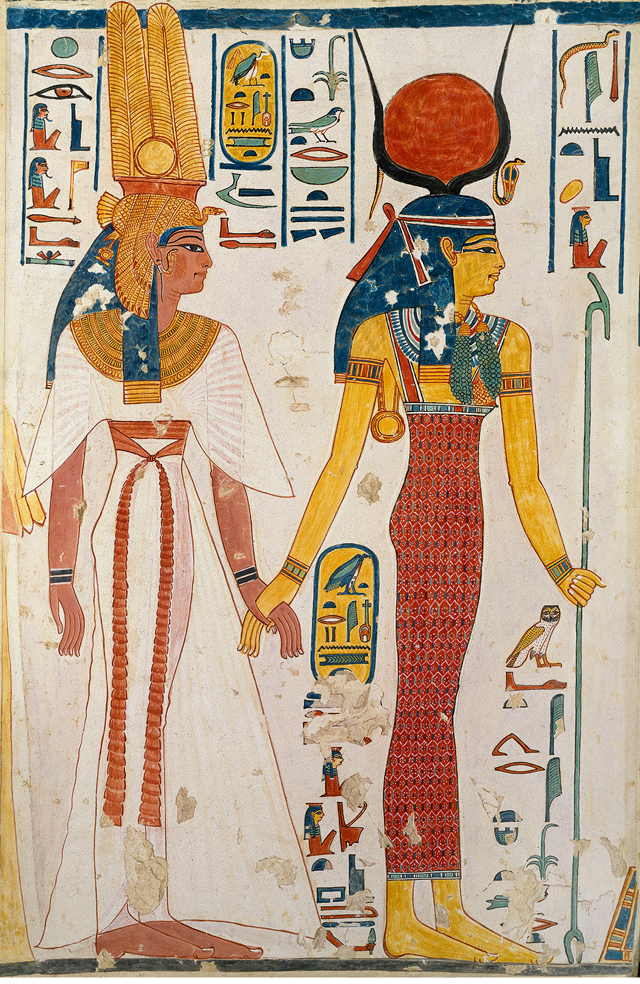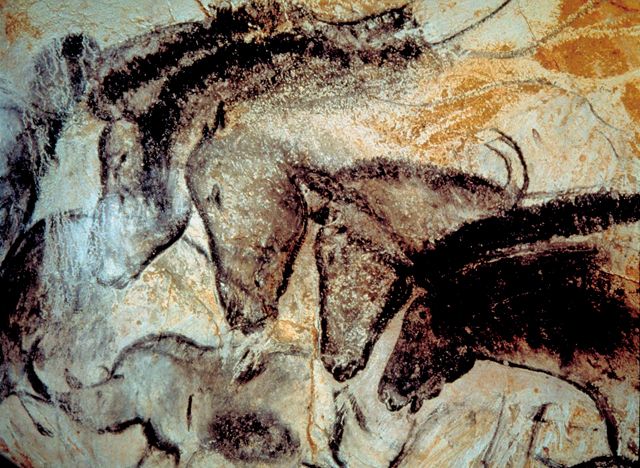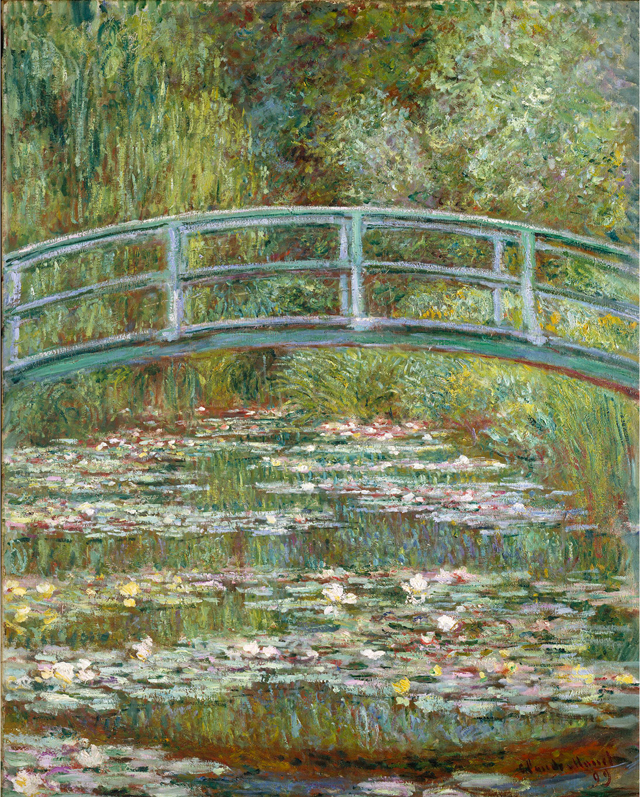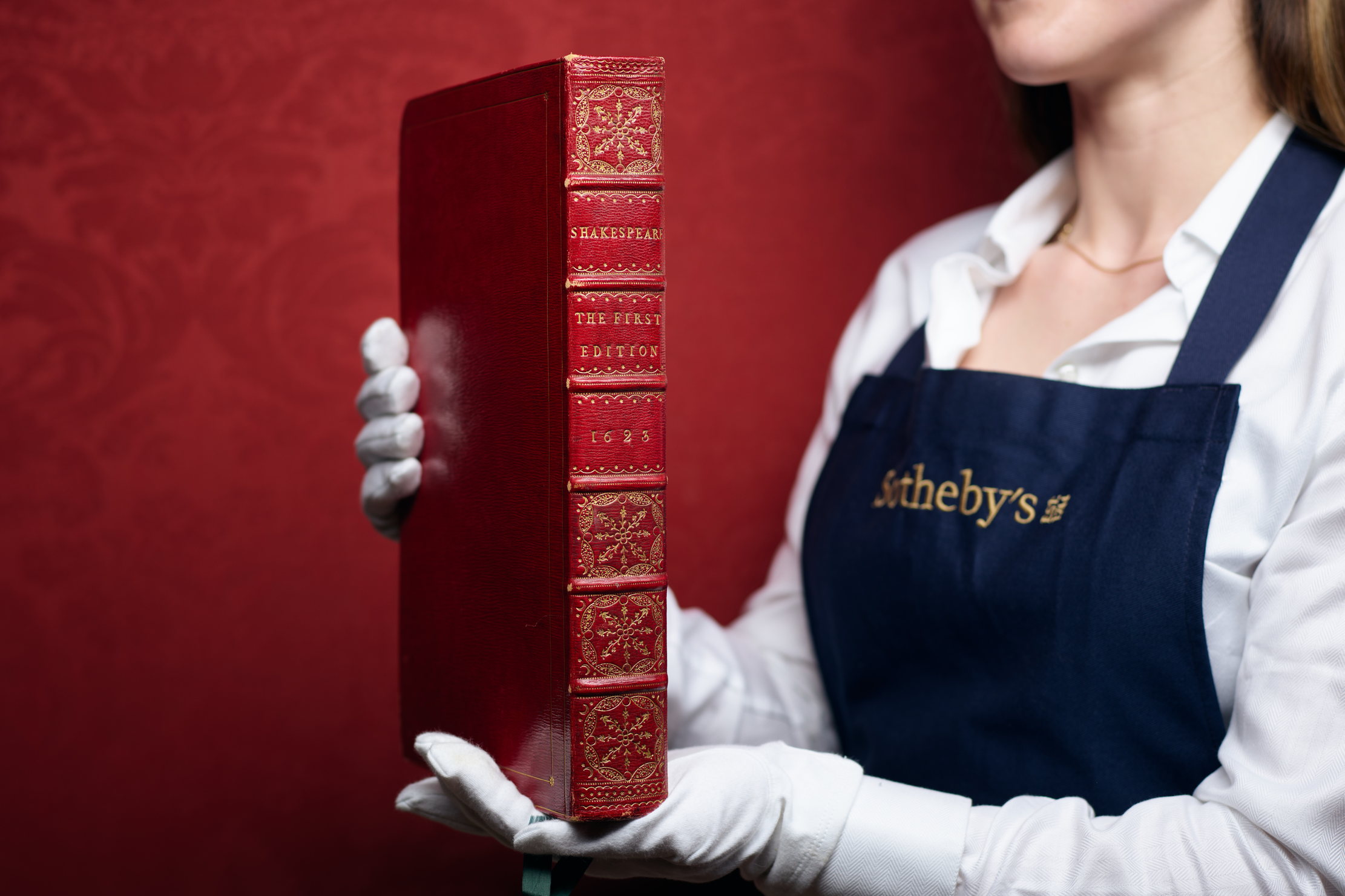My favourite painting: Pierre Emmanuel Taittinger
Pierre Emmanuel Taittinger chooses his favourite painting for Country Life.


Isis Leading Nefertari to the After Life, about 1250bc, anonymous, about 3ft by 7ft, Queen Nefertari’s tomb, Valley of the Queens, Luxor.
Pierre Emmanuel Taittinger says: I have never seen anything as stunningly beautiful as the painted walls of Queen Nefertari’s tomb in Egypt. To my eyes, this collective work, boasting boundless modern radiance, constitutes the alpha and omega of coloured artwork. A bestiary and veritable source of flawless beauty. If asked to choose one, I would consider this to be the crowning pinnacle of human genius: a creation so perfect that you could be forgiven for imagining that it is yet to be conceived.
Pierre Emmanuel Taittinger is President of Champagne Taittinger and grandson of the founder, Pierre Taittinger.
John McEwen comments: Nefertiti was the 'Great' and favourite wife of the Egyptian pharaoh Ramesses II, also known as 'Great'. With Cleopatra, Nefertiti and Hatshepsut, she is the most famous of ancient egyptian queens. Her name means ‘Beautiful Companion’, her private and public importance proclaimed by the elaborate decoration of her tomb, the largest and most spectacular in the Valley of the Queens, and also by her monumental temple at abu Simbel. Nefertari seems to have had at least six children by ramesses, but his successor, Merenptah, was by another wife.
As was the practice, the rock face of Nefetari's tomb was rendered in plaster. It is sometimes called the Sistine Chapel of ancient art, not least for the distinction of the exquisite carved relief work in the plaster, lavished on the smallest hieroglyph as much as the largest figure. Pigments were applied using gum arabic (from acacia trees), egg, fish and other animal glues for binding agents. each colour was built up with successive layers of paint, details and outlines emphasised in red or black. Analysis has shown several painters were involved, working rapidly before the plaster dried. Varnish was used to heighten an effect.
The tomb, probably plundered by robbers in antiquity, was rediscovered by the Italian archaeologist Ernesto Schiaparelli (cousin of the fashion designer) in 1904. He made a 20-year scientific excavation. Over the past 30 years, the tomb has been intermittently closed for restoration, but is now open by appointment. Salt crystallisation, not human breath, is the main cause of its deterioration.
This article was originally published in Country Life June 24, 2015.
Sign up for the Country Life Newsletter
Exquisite houses, the beauty of Nature, and how to get the most from your life, straight to your inbox.

My favourite painting: Deborah Meaden
Deborah Meaden chooses her favourite painting for Country Life.

My favourite painting: Bobby Dundas
Bobby Dundas chooses his favourite painting for Country Life.
Country Life is unlike any other magazine: the only glossy weekly on the newsstand and the only magazine that has been guest-edited by HRH The King not once, but twice. It is a celebration of modern rural life and all its diverse joys and pleasures — that was first published in Queen Victoria's Diamond Jubilee year. Our eclectic mixture of witty and informative content — from the most up-to-date property news and commentary and a coveted glimpse inside some of the UK's best houses and gardens, to gardening, the arts and interior design, written by experts in their field — still cannot be found in print or online, anywhere else.
-
 Spam: The tinned meaty treat that brought a taste of the ‘hot-dog life of Hollywood’ to war-weary Britain
Spam: The tinned meaty treat that brought a taste of the ‘hot-dog life of Hollywood’ to war-weary BritainCourtesy of our ‘special relationship’ with the US, Spam was a culinary phenomenon, says Mary Greene. So much so that in 1944, London’s Simpson’s, renowned for its roast beef, was offering creamed Spam casserole instead.
By Mary Greene
-
 Folio, Folio, wherefore art thou Folio? Shakespeare set to be auctioned by Sotheby's
Folio, Folio, wherefore art thou Folio? Shakespeare set to be auctioned by Sotheby'sFour Folios will be auctioned in London on May 23, with an estimate of £3.5–£4.5 million for 'the most significant publication in the history of English literature'.
By Lotte Brundle
-
 My favourite painting: Allan Mallinson
My favourite painting: Allan MallinsonMilitary historian Allan Mallinson picks an image of 'faith, generosity and ultimate sacrifice'.
By Charlotte Mullins
-
 My Favourite Painting: Piet Oudolf
My Favourite Painting: Piet Oudolf'One cannot sense whether he is far out on the ocean or closer to shore, or what he may be watching or feeling in that moment as he stares towards the beach.’
By Country Life
-
 My Favourite Painting: Mary Plazas
My Favourite Painting: Mary Plazas'There is compassion, awe, humility, a knowing yet a questioning in the glistening eyes. It moves me, it inspires me beyond the need to know.’
By Country Life
-
 My favourite painting: Robert Kime
My favourite painting: Robert KimeRobert Kime shares his fondness for New Year Snow by Ravilious
By Country Life
-
 My Favourite Painting: Anna Pavord
My Favourite Painting: Anna PavordAnna Pavord chooses a picture which reminds her of where she grew up
By Country Life
-
 My favourite painting: The Duchess of Wellington
My favourite painting: The Duchess of WellingtonThe Duchess of Wellington chooses her favourite painting for Country Life.
By Country Life
-
 My favourite painting: Maureen Lipman
My favourite painting: Maureen LipmanMaureen Lipman chooses her favourite painting for Country Life.
By Country Life
-
 My favourite painting: Jacqueline Wilson
My favourite painting: Jacqueline Wilson'I looked at this painting and decided to write about a Victorian circus girl one day'
By Country Life